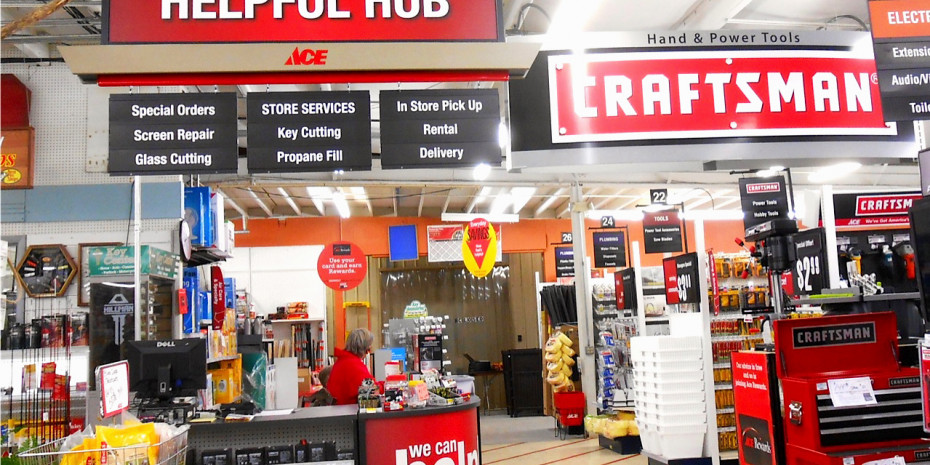Today's independent and small-chain retailers are facing their greatest competitive threat ever, but thanks to the efforts of their wholesale suppliers, most are managing to survive and even grow. The best of them are becoming small-chain operators with as many as ten or more stores. But surviving is not easy. The two dominant home center chains today operate nearly 4 000 gigantic units, plus Menards, operating in the Midwest, adds another 200+. And Walmart's 4 000+ big-box stores have a sizable DIY section, as does Meijer, a privately-owned supercenter chain of more than 200 units in the Midwest. Add to that several thousand Kroger food stores and CVS and Walgreen drug stores, all of whom have convenience-assortments of batteries, flashlights, some tools and fix-up items, and consumers have many reasons not to visit a local hardlines retailer. What all this means is that the American consumer is never more than half an hour away, typically, from another source of products - a convenience source or a big-box competitor. So how are smaller stores competing? Of course, providing better service is the heart-and-soul of an independent's existence and competitive advantage. Convenience-type competitors simply don't offer much of a selection, which is their weakness. The big-boxes, to varying extents, rely on part-time help (partly because of their extended opening hours). They also have much higher turnover of employees and do not always do a good job of training their help. This is especially true of Walmart and Meijer, whereas Home Depot, Lowe's and Menards are trying to improve the quality and training of their employees to better compete with local stores.
Understanding how customers are changing
Michael Schneider is managing director at Bunnings. At the Global DIY Summit in Amsterdam, he will give an insight into the way the DIY …
But perhaps the greatest change has been in the efforts of wholesalers to encourage and assist their customers in improving and modernizing their stores. No longer do wholesalers see their role as simply that of supplying merchandise. All of the major wholesalers have developed model store designs that can be adapted to any size store and which provide retailers with improved departmental organization and signing, as well as power aisles, planograms to better organize merchandise, and even suggested end-cap layouts to encourage more impulse sales. Independent and small-chain retailers also are developing…




